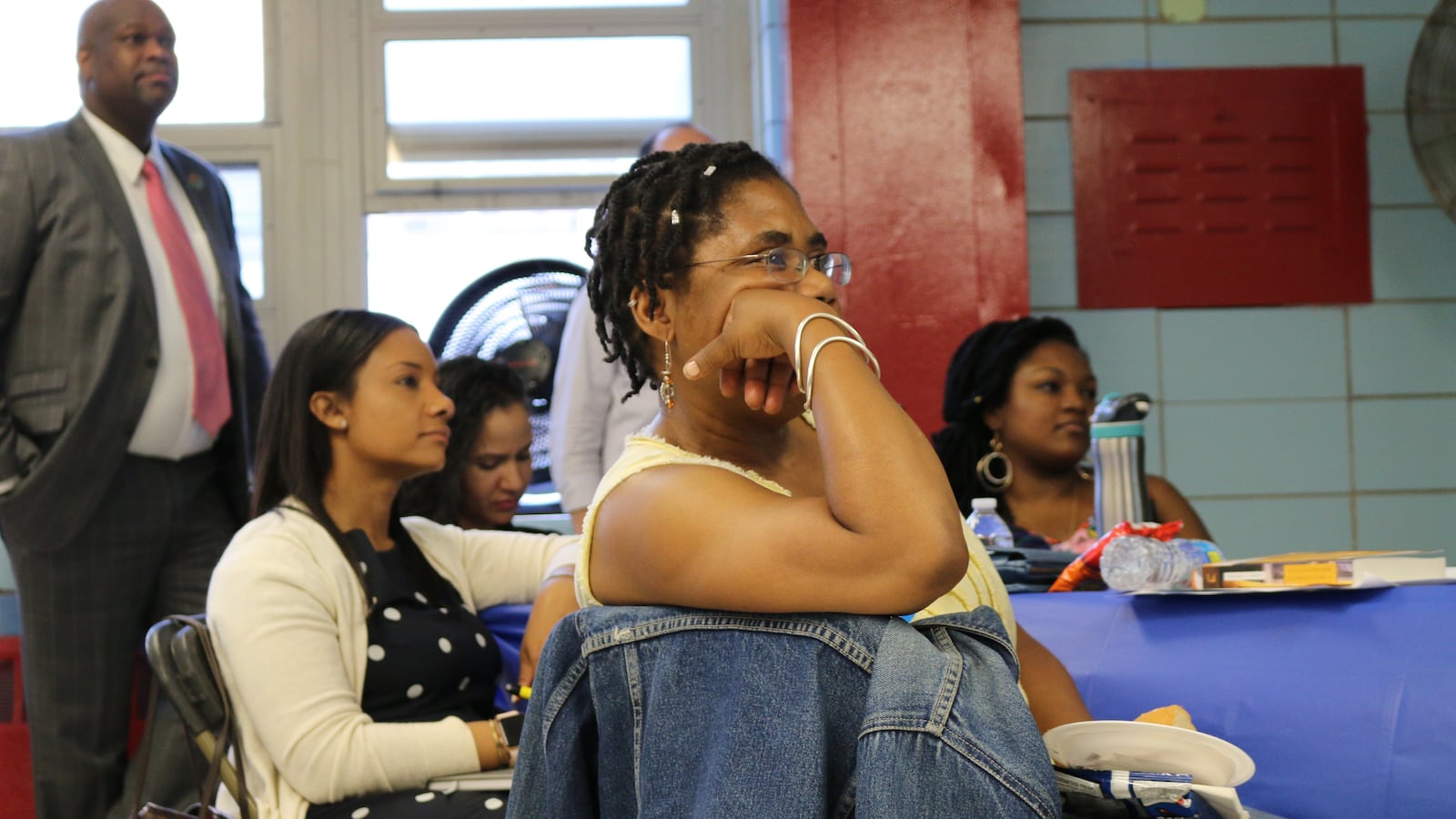A task force charged with tackling school segregation in New York City released a series of proposals Tuesday designed to make the city’s schools more representative of their broader neighborhoods.
At the center of the report is a push for each school in New York City — home to one of the most segregated school systems in America — to be more representative of district- and borough-level demographics.
To jump-start that process, the School Diversity Advisory Group zooms in on nine of the city’s 32 separate geographic districts as ripe for integration and argues those regions should be required to come up with diversity plans.
But the group’s recommendations do not clarify how they should be implemented, and the responsibility for translating them into policy will fall to Mayor Bill de Blasio, who has shown little appetite for sweeping integration initiatives during his first five years in office.
Here are four questions we’ll be watching about what happens next:
Mayor Bill de Blasio has not prioritized desegregation. Will that change?
Since his election in 2013, de Blasio has only reluctantly talked about school diversity, refusing to use the words “integration” or “segregation” in public statements or even in policy documents. He has repeatedly said that segregation is the result of housing patterns and “400 years of American history” — factors he argues are beyond his control.
But advocates in recent years have helped elevate the issue, now seen as one of the city’s most high-profile education problems, and the task force’s report could create new pressure to act.
There are also some more recent signals the mayor may be open to changes. He has proposed overhauling the admissions process at the city’s elite specialized high schools to make them more racially representative (though the change requires cooperation from state lawmakers).
The city has approved diversity initiatives that are more limited in scope, such as middle school integration plans in part of Brooklyn and Manhattan’s Upper West Side and Harlem. And his new schools chancellor, Richard Carranza, made an appearance at the press conference unveiling Tuesday’s report and has repeatedly said segregation is “unacceptable.”
“The criticism of my predecessor Chancellor [Carmen] Fariña was that she didn’t do anything about this,” Carranza said last May, referring to school segregation. “And here I am in my first month actually engaging in this conversation.”
The report says nine districts should be required to come up with desegregation plans. Will the education department embrace top-down mandates?
De Blasio and his first schools chief, Fariña, supported hyper-local efforts to promote integration, but argued such plans needed to happen “organically” instead of as mandates from the education department.
Some local communities have embraced that, including one swath of Brooklyn that chose to eliminate selective admissions across all of its middle schools in an effort to make them more diverse — an effort that bubbled up from parents and activists.
The mayor’s advisory group, however, is recommending that nine districts across the city be required to create diversity plans. With the specialized high school plan as one big exception, de Blasio has not embraced that kind of policymaking, instead emphasizing that any proposal should come from the local level. He did not attend the press conference announcing the report Tuesday.
“I really do believe that from the ground up is the best way to make lasting change,” de Blasio said in September in response to a question about top-down segregation efforts.
Even if the mayor embraced a more active city role in crafting integration efforts, how would that work?
The biggest question mark at the center of the new report is what tools should be used to ensure that schools are more representative. Its authors hint at some possibilities: taking a look at selective enrollment policies that exacerbate segregation; new admissions procedures that take demographic factors and parent choices into account; and shaking up racially divided gifted and talented programs.
But while the advisory group says a more detailed report will come later this school year, their first set of recommendations do not offer a clear answer, and the policy options they suggest could come with tradeoffs and political headaches.
Take selective admissions, a process where some schools use test scores, attendance, and other factors into account in enrolling students. Screened programs proliferated under the Bloomberg administration, partly to keep more affluent and white parents enrolled in public schools. Though Carranza has suggested that screening is “antithetical” to public education, reducing screens could also make integration more challenging if it causes middle class families to flee the system.
Still, the advisory group emphasized that the report is just a first step, and Carranza said he is eager to dive in.
“I look forward to working with Mayor de Blasio in making the recommendations in the report truly the topic of conversation,” Carranza said. “I’ll have a lot more to say about the specific recommendations and how we move forward together.”
How quickly could changes get off the ground?
De Blasio’s second term is already underway, so any changes under his watch would have to come within the next three years.
Previous local integration efforts have taken years to gain traction. In Manhattan’s District 3, for example, an effort to redraw local school zones required scores of community meetings and years of advocacy efforts. Additionally, a city grant program designed to help districts create their own integration plans is already behind schedule.
For its part, the mayor’s advisory group says its efforts are designed to be systemic and last beyond de Blasio’s tenure. The recommendations include hiring a chief integration officer, who would be responsible for ensuring schools make progress toward their integration goals and who could help ensure continuity after de Blasio leaves office.
Christina Veiga contributed to this story.

